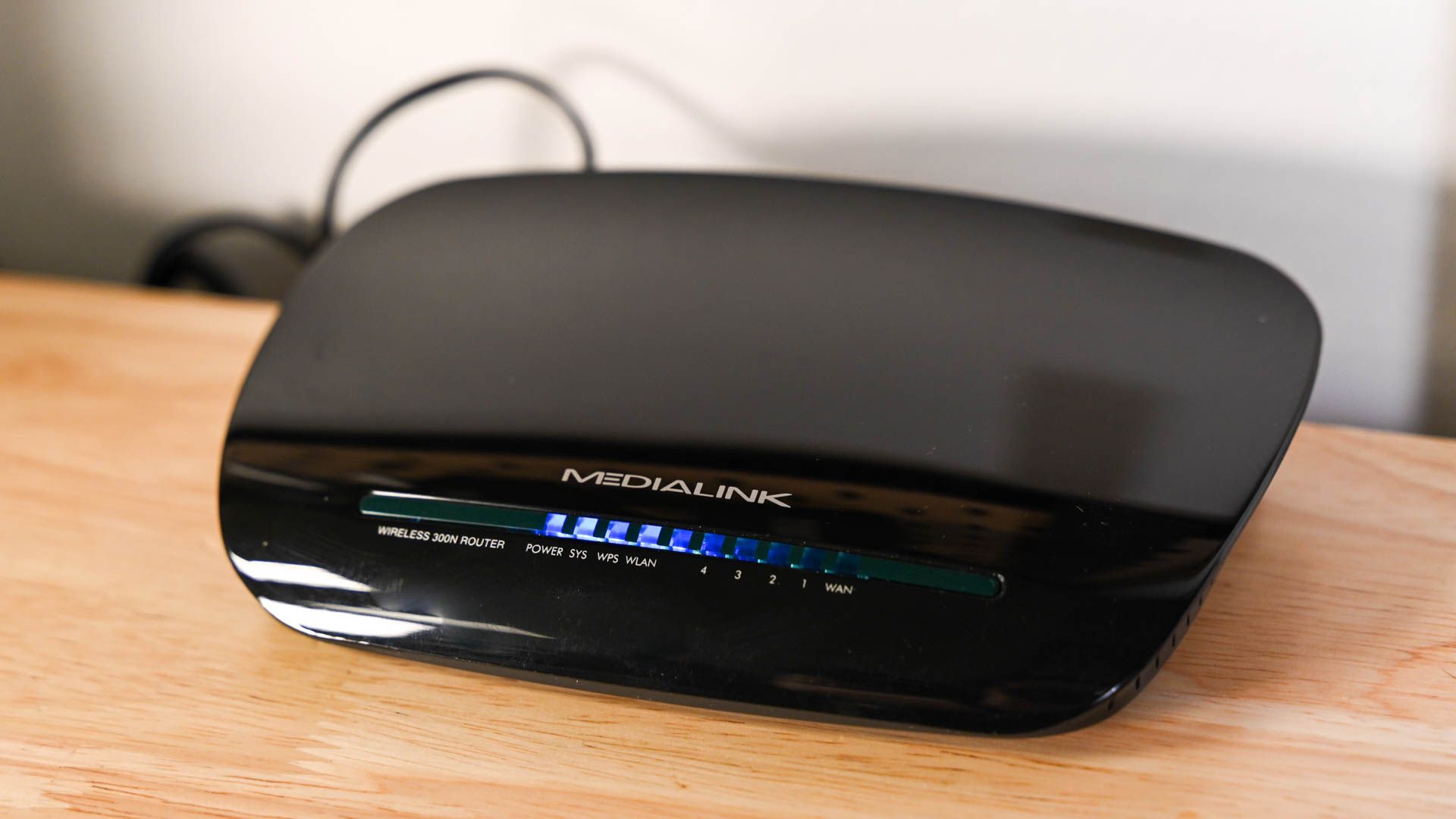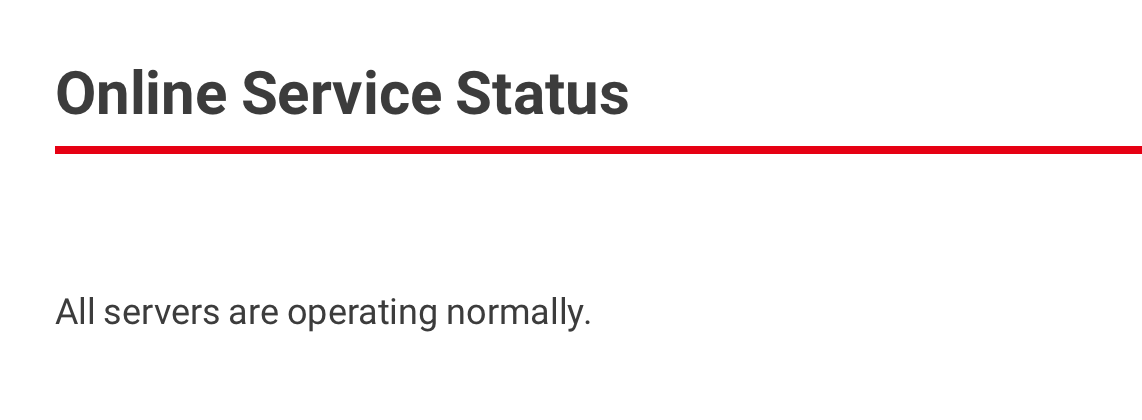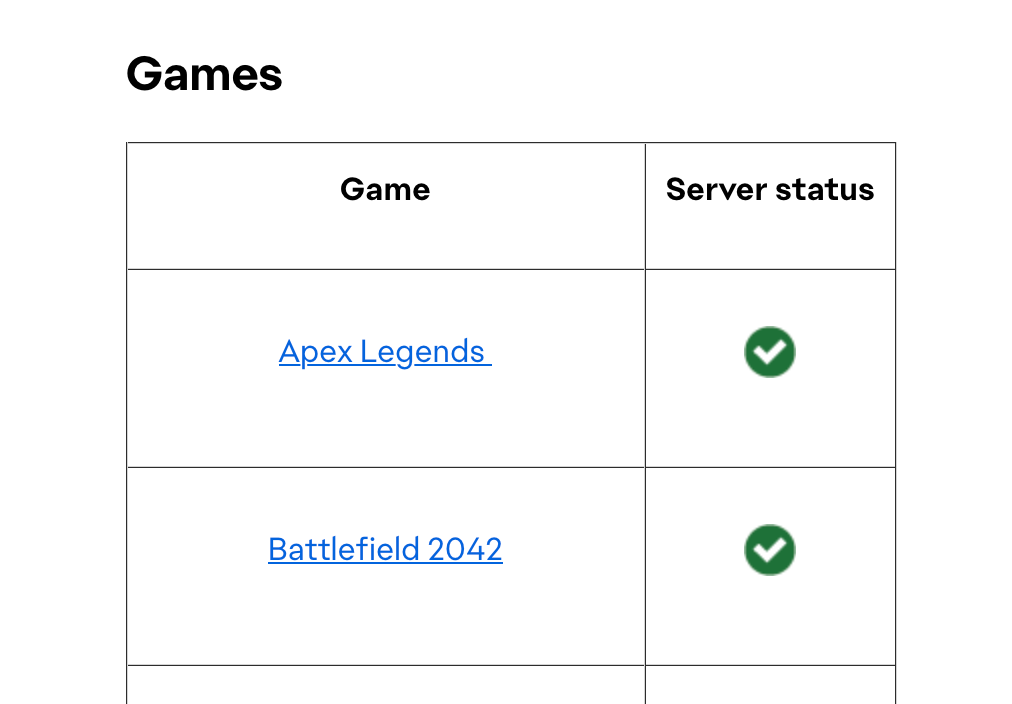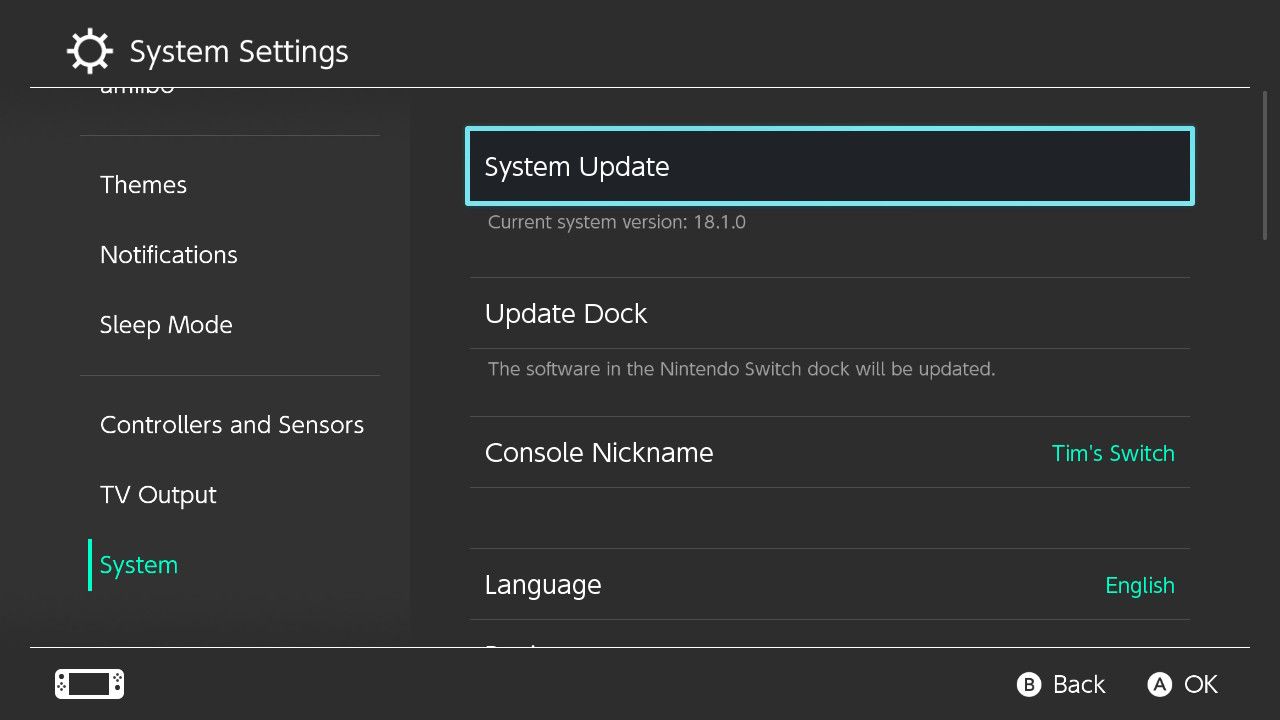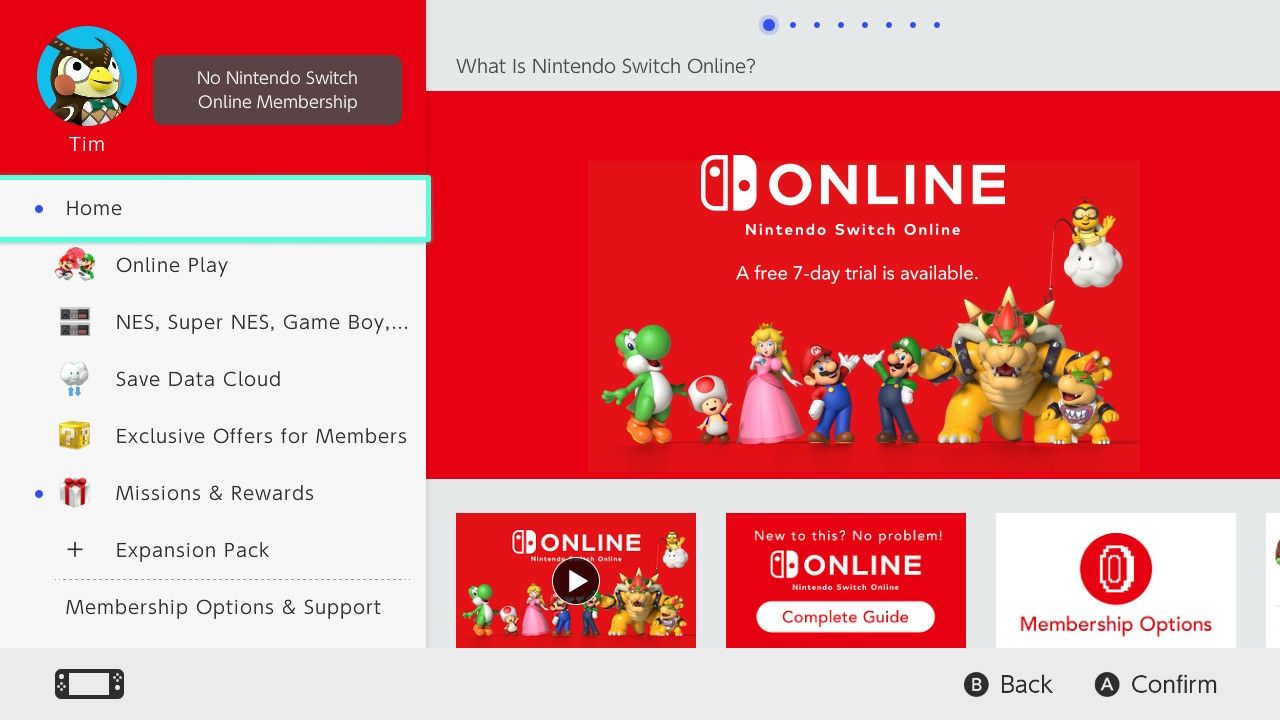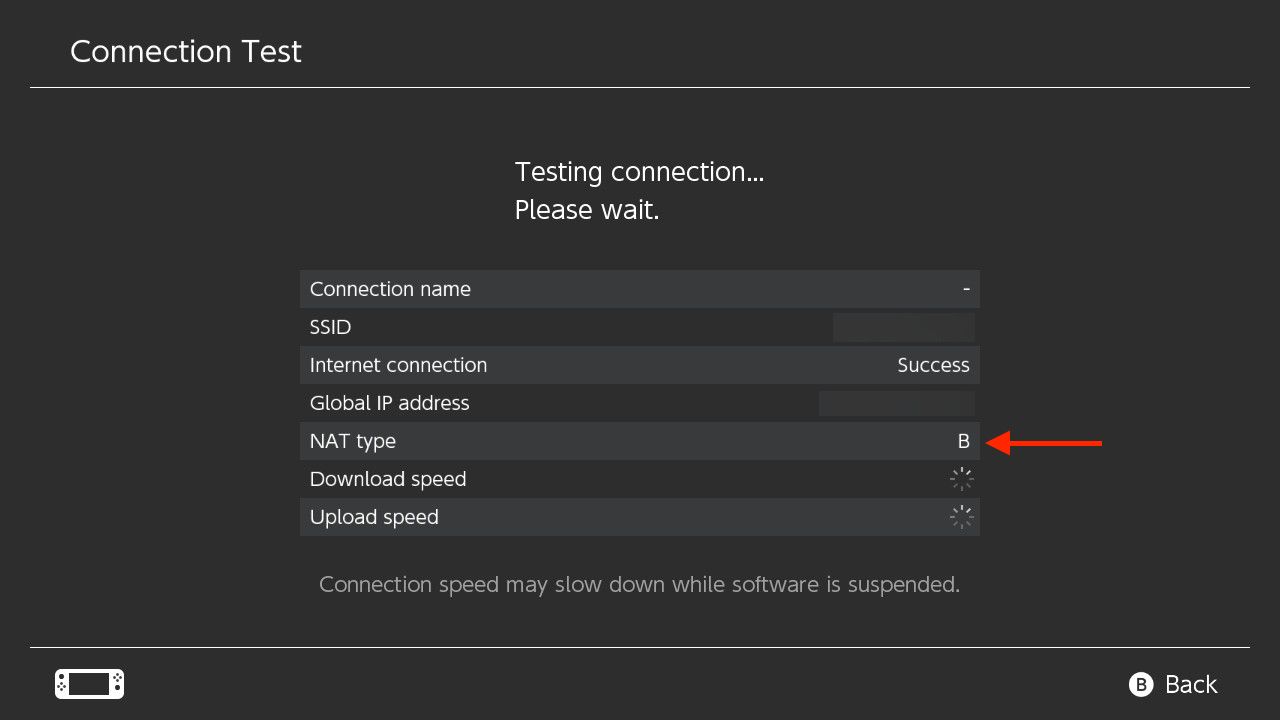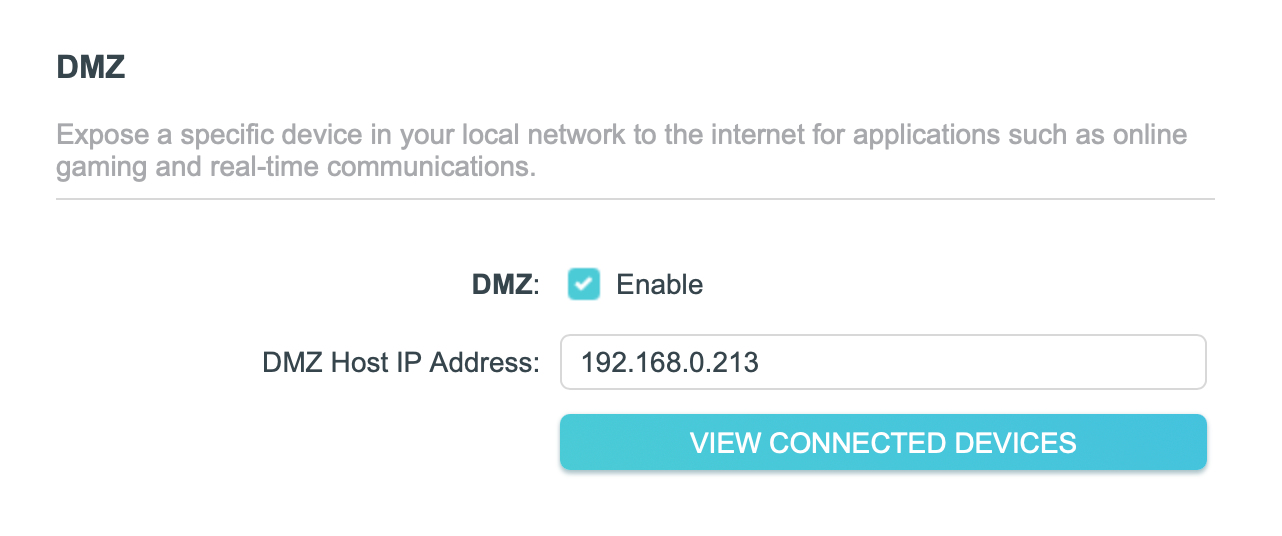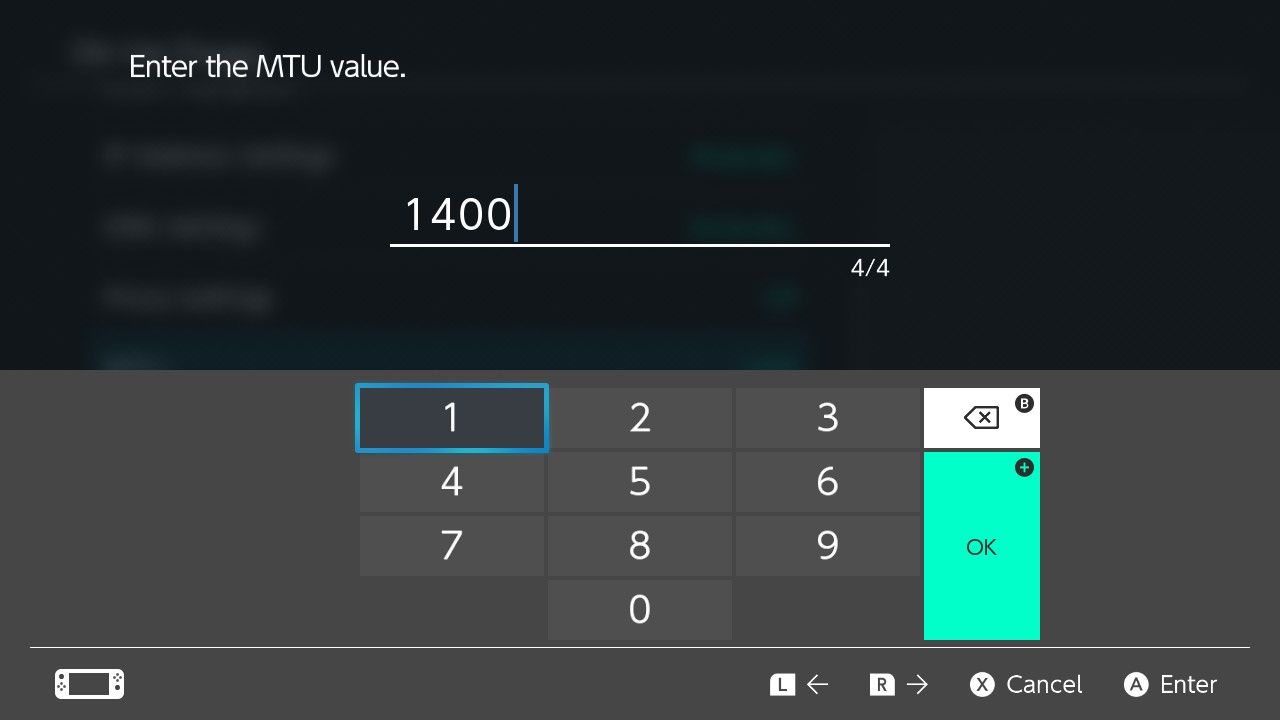Do you have problems using Nintendo Switch Online or are you seeing “unable to connect with others” error messages? Here are some things you can try to get your console online again.
1 Check Your Internet Connection
A problem with your local internet connection will prevent your Switch from working online at all, so it’s best to rule this out first. You can do this by taking a look at your router and logging in to your router control panel on a smartphone or laptop to see the connection status.
Sometimes the solution is a matter of being patient and waiting for the internet to come back online. You might also want to…
2 Reboot Network Hardware
Restarting your router or modem rules out your own local network equipment as the source of the issue. Routers are known to overheat and crash, which can prevent them from accepting new devices on the network or properly routing traffic. The same is true of modems that plug into your router and provide access to the wider internet.
Turn your router and modem off and wait for 10 seconds, then plug everything back in and try again. It’ll take a minute or two for your network hardware to come back online, after which you can try connecting on your Switch again.
3 Check Nintendo Switch Online Status
Having ruled out problems with your own network, there’s a chance that the problem lies on Nintendo’s end. Head to the Nintendo Operational Status page and see if any problems have been reported. In addition to unscheduled downtime, you’ll also see information about any maintenance that’s being performed at this time, and future scheduled maintenance.
You can also check the @NinStatusBot account on X (Twitter) which is an automated bot that checks for server outages in Nintendo’s games.
4 Make Sure Game Servers Are Working Too
If you’re having issues playing a specific game online, it’s possible that Nintendo Switch Online is working but the game servers are not. Though most first-party Nintendo games will have their status reported on the Operational Status page (above), others run by third parties will not.
As an example, if you’re having trouble getting a game of Apex Legends then you‘ll need to head to EA’s server status page and check for any outages.
5 Restart Your Switch
Like a computer or smartphone, sometimes the best solution is to turn your console off and switch it back on again. To do this, press and hold the power button on the top of your console then select Power Options > Restart.
This can help rule out any software issues that are causing problems connecting to the internet or Nintendo’s online servers.
6 Update Your Console
The Switch is borderline obsessive about installing updates, but it’s still possible to miss them. Running an older version of the Switch firmware can cause issues connecting to Nintendo Switch Online, so it’s worth trying to update your console to fix it.
Head to System Settings > System > System Update and install any pending updates then try again.
7 Ensure Your Membership Is Active
You won’t be able to play online or access premium content like Nintendo Entertainment System if your membership has lapsed. To check, head to “Nintendo Switch Online” using the bottom row of icons on the system dashboard.
Wait for the app to load and you’ll see your current Nintendo Switch Online status in the top-left corner of the screen. If you don’t have a current NSO membership, you’ll be able to pick a tier and subscribe using the “Membership Options & Support” menu.
If you subscribe from this menu, it’s worth restarting your Switch to avoid issues with games not recognizing the renewed membership.
You can pay a bit more to get access to the Nintendo Switch Online Expansion Pack to get access to N64 games, Sega Genesis games, and DLC for popular Nintendo titles.
8 Troubleshoot Your NAT
NAT stands for “Network Address Translation” and it’s a router setting that governs how traffic is routed from the internet to devices on your network. Different NAT policies can cause issues with Nintendo Switch Online, and this may be to blame if you see the “unable to connect with others” error or you end up dropping out shortly after joining an online game.
You can test this by heading to System Settings > Internet > Test Connection and waiting for the test to complete. Next to “NAT Type” you should see a letter. Ideally, you want to see A or B here. A means your NAT is fully open, whereas B means moderate filtering is in effect.
If you see C, D, or F, then you may encounter problems playing online. While C isn’t the end of the world, Nintendo regards D or F as being unsuitable for online play.
The “easiest” way to solve NAT problems is to use your router’s settings panel to establish a “DMZ” (demilitarized zone) for your Switch console. This basically tells your router not to filter traffic for the Switch, and it should resolve NAT problems. Instructions will vary depending on which router you have.
A better solution is to give your Switch a static IP address on the local network and then open ports UDP 1024 through 65535. Nintendo has a guide you can follow but exact instructions will depend on your router.
Don’t forget to perform the network test again whenever you make any changes.
9 More Network Troubleshooting
The Switch is a portable console and your connection quality can vary drastically depending on how far away the router is. Try sitting right next to the router to see if your issues stem from Wi-Fi. You can also try connecting to a 2.4GHz network to sacrifice some speed for better coverage.
Alternatively, you can dock your Nintendo Switch and use a wired Ethernet connection. If you have an OLED model, the dock comes with an Ethernet port. For a standard Switch and Switch Lite, you’ll need an Ethernet adapter that’s compatible with the USB-A port on a dock or the USB-C port on your Lite console.
You can also try changing your MTU (“Maximum Transmission Unit”) settings. This setting relates to the packet size used by your Switch, which can help resolve poor performance and connectivity issues in some games. To do this, head to System Settings > Internet > Internet Settings and choose the network you’re normally connected to.
From here select “Change Settings” and scroll down to “MTU” to change its default value of 1400 to something smaller. Some guides recommend increasing this number to 1500 in order to improve download speeds, but if you’re already having issues then you probably want to reduce it slightly instead.
A poor internet connection can affect every device on your network. This could stem from issues with the connection quality resulting in excessive latency and packet loss, or it could be caused by another device (or person) on the network making heavy use of the connection.
You can test and troubleshoot your internet connection to pick up on these issues. Make sure that you know which devices are doing what on your network so that you can rely on the results.


